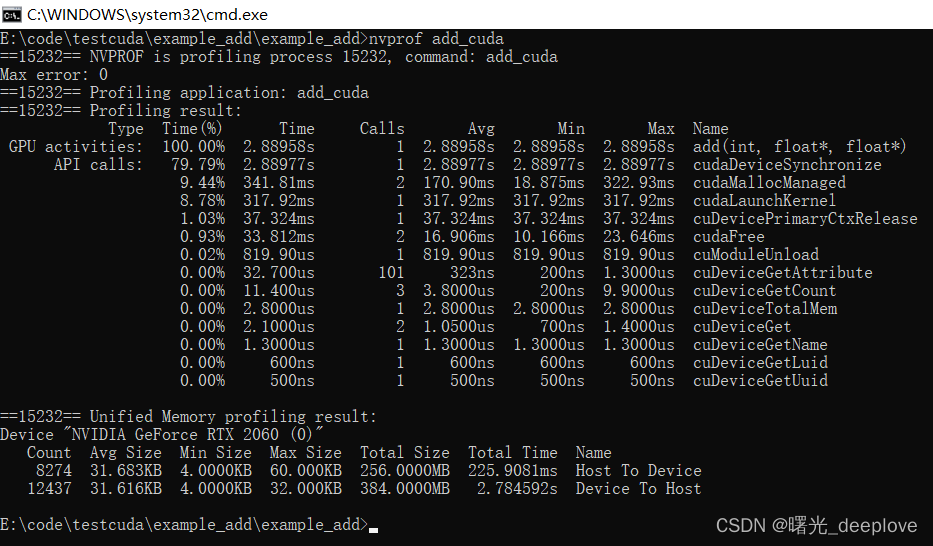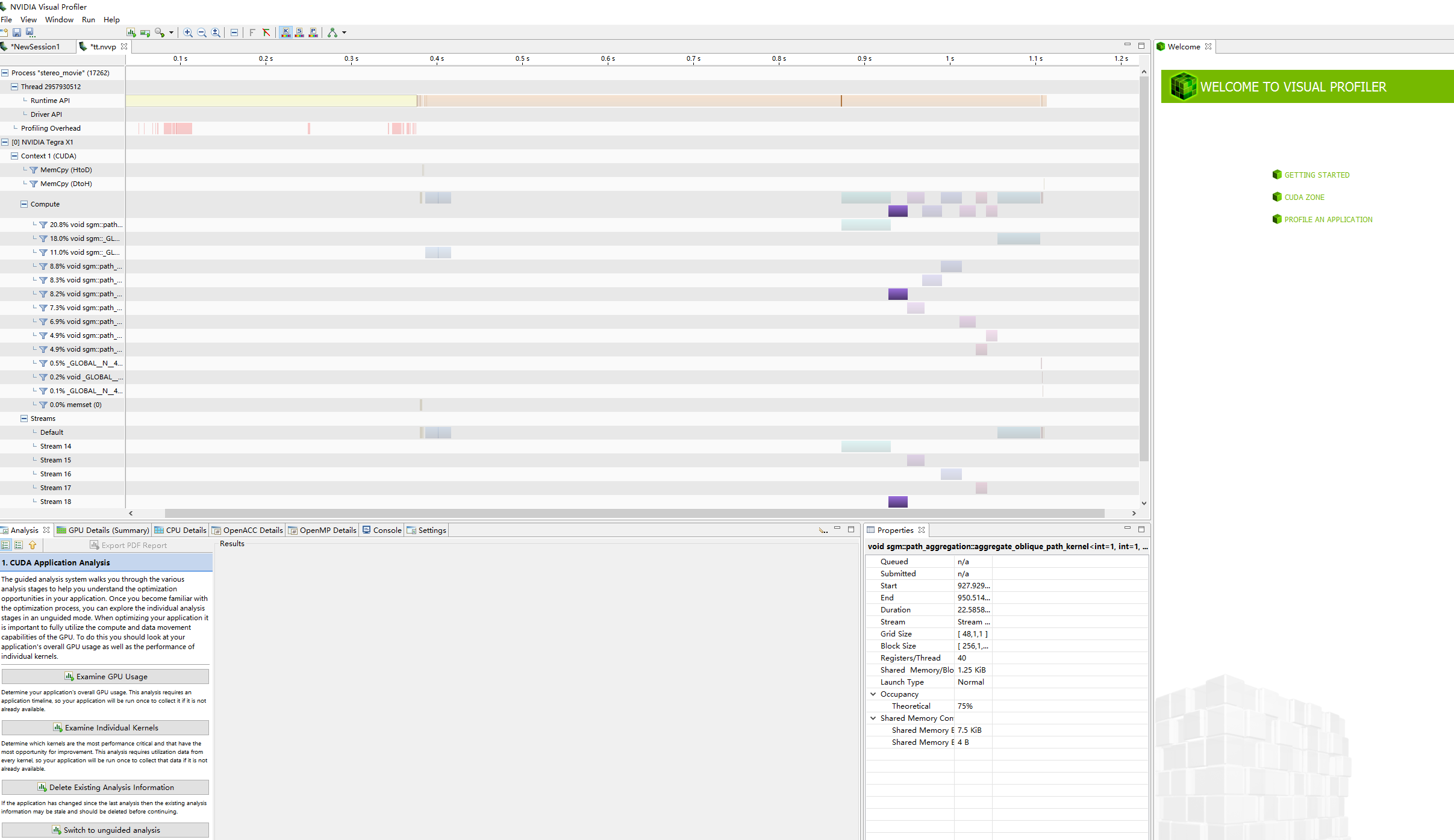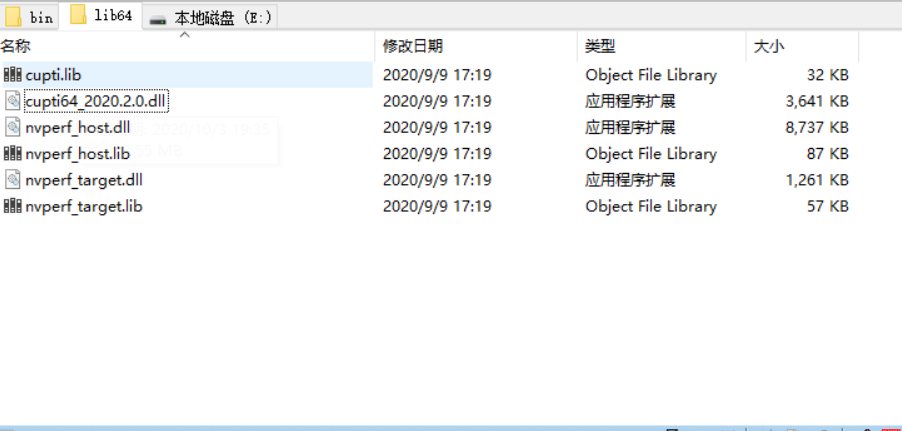
Thread-Block-Grid & Core-SM-Device Block …. Nvidia-smi nvidia-smi command reports the following: MEMORY UTILIZATION ECC TEMPERATURE POWER CLOCK COMPUTE PIDs Performance etc. Icc] :) Sura e-t0) 0b) 2 1.1140us 467ns 1.7610us cuDeviceGetCountĠ.00% 1.6440us Es EPs] yb aR 1 637ns cudaSetupArgumentĦ.00% 1.4760us 4 Toh Tabs BRT 520ns cuDeviceGetĦ.00% Temi ky aT leh hs lebih SUE) ets l-1¢ aoe /home/ubuntu/ Aj /EEsi7# &f 69% 21.823ms see Oe: 7 ee: Pe es Pe lol] ete} ale Te) dd sumMatrixOnGPU-2D-grid-2D-Ītrix initialization elapsed 8.421084 sec =3028= NVPROF is profiling process 3028, command.

sumMatrixOnGPU-2D-grid-2D-block Starting.
CUDALAUNCH NVPROF PDF
Reproduces the problem.Download GPU programming and its applications and more Advanced Computer Architecture Lecture notes in PDF only on Docsity!Lecture 4 CUDA Execution Model II Kyu Ho Park Mar.
CUDALAUNCH NVPROF CODE

Automating End-toEnd PyTorch Profiling.Ĭontributions to PyProf are more than welcome.Which GPUs are supported by PyProf Presentation and Papers
CUDALAUNCH NVPROF DRIVER
Indicate the required versions of the NVIDIA Driver and CUDA, and also describe Provides step-by-step instructions to get you quickly started using PyProf.
CUDALAUNCH NVPROF HOW TO
Provides instructions on how to install and profile with PyProf.

Run the prof.py script to generate the reports. $ python -m pyprof.parse net.sqlite > net.dict Run the parse.py script to generate the dictionary. $ nsys profile -f true -o net -export sqlite python net.py Profile with NVProf or Nsight Systems to generate a SQL file. Verify installation is complete with pip list $ pip list | grep pyprofĪdd the following lines to the PyTorch network you want to profile: import as profiler Navigate to the top level PyProf directory The PyTorch container on NVIDIA GPU Cloud (NGC). The current release of PyProf is 3.10.0 and is available in the 21.04 release of Correlate the line in the user's code that launched a particular kernel (program trace).Determines Tensor Core usage: PyProf can highlight the kernels that use.Which makes it possible to determine the tensor dimensions required by theseīackprop steps to assess their performance. Is that resulted in the particular weight and data gradients (wgrad, dgrad), Forward-backward correlation: PyProf determines what the forward pass step.

Maximum performance the kernel is for that operation. Knowing the tensor dimensions and precision, we can figure out theįLOPs and bandwidth required by a layer, and then determine how close to (silicon) kernel time is close to maximum performance of such a kernel on


 0 kommentar(er)
0 kommentar(er)
